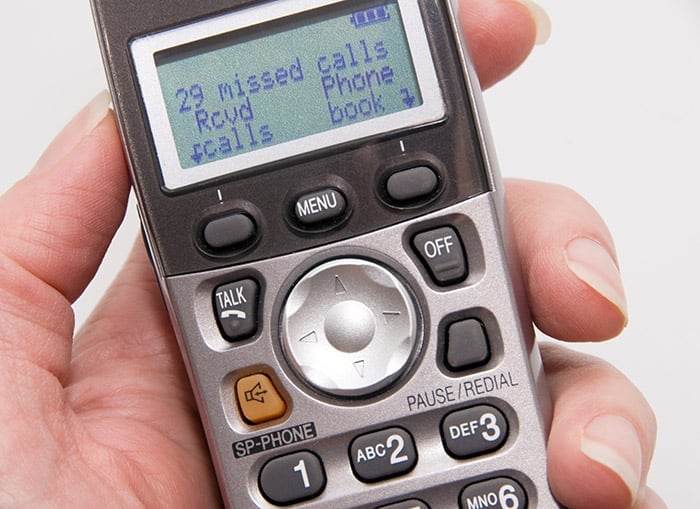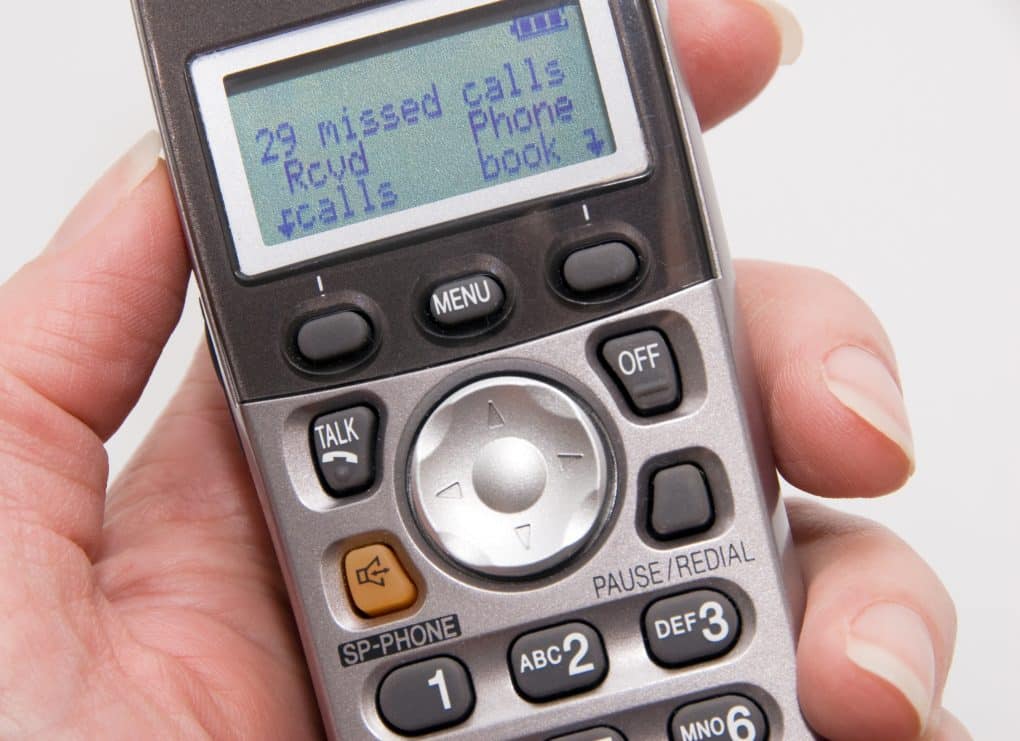Incomplete and unanswered calls can hurt existing business relationships and squander potential opportunities. Avoid losing business and increase call throughput with these tips.
1. Leverage Call Forwarding and Cutting-Edge Call Handling
When an employee or agent is away from their desk, forward their calls to an alternate phone or employee is easier than ever before. Customizable call routing is available to those with complex forwarding needs – VoIP PBXs can handle more flexible and specific routing instructions than their traditional PBX counterparts.
Additional call handling features like Interactive Voice Response (IVR) systems, auto-attendants, call queueing, call waiting, hold and other options allow businesses to manage incoming calls with precision and control, even during the busiest times of day.
2. Invest in a Toll-Free or Vanity Number
Increase call volume with toll-free and vanity numbers. Toll-free numbers add credibility to a business, and this no-cost option encourages people to call in. Vanity numbers, in addition to building credibility, make phone numbers more memorable. A prospect that forgets or misdials your number is a lost opportunity; avoid this by enhancing your phone number and making it memorable. VoIP toll-free numbers are especially affordable and easy to implement.
3. Prepare for the Worst
Troubleshoot phone issues as soon as they arise – the longer a problem persists, the more calls your business is likely to lose. For cell phones, ensure your office and remote workers receive good signal; VoIP users should maintain a strong internet connection—diagnose and treat landline problems with our guide to troubleshooting landlines.
Additionally, establish a disaster recovery plan for your office to ensure minimal phone downtime. Cloud-based VoIP providers often offer disaster planning services, since their data infrastructures are located off-site and calls can be rerouted to an alternate location instantaneously.
4. Manage Your Workforce Effectively
15 percent of callers will hang up within 40 seconds of hold time. To lower call abandonment rates, ensure that offices are adequately staffed, and arrange employee and agent schedules so that someone is always available to answer calls – stagger lunch breaks, meetings, arrival and departure times and other common break periods.
Train employees on phone best practices, including establishing a maximum number of rings per incoming call. Also, have staff check and respond to voicemails daily, cover each other during breaks and report time-off and remote work in advance to plan for any necessary call handling measures.
Lastly, ensure that your operation is properly staffed and that employees are meeting goals with call and performance analytics. A great metric to start watching: the ratio of call volume to answer rate. VoIP solutions can collect and readily report on these and other relevant metrics.
Top Tip: VoIP also eases the difficulties of integrating employees in multiple time zones. It can route calls to various locations, or even to a separate answering service, so seamlessly that the switch is unnoticeable to the caller.
5. Consider Business Hours
Most businesses risk missing calls during off-hours – especially businesses located in a single time zone or whose client base is international. In these cases, businesses should consider hiring remote employees or outsourcing work in order to provide additional availability and alternate destinations for rerouted calls. Remote and outsourced work is especially easy to add onto existing phone networks with VoIP solutions. SIP VoIP connections initiate calls over the internet; adding employees to a phone plan is as simple as purchasing them a phone.
6. Optimize Voicemail Practices
While the above options can drastically increase call throughput, occasional missed calls are inevitable. Voicemail is the last line of defense against these calls becoming missed opportunities; emphasize the importance of addressing and following up with all voice messages to employees.
Voicemail-to-email functionality reduces the chances of ignored of forgotten messages by providing an easily-accessible voicemail record. If your business uses a VoIP system, check to see if voicemail-to-email services are available; many VoIP providers include it in their standard package.
Reduce Missed Calls and Opportunities with VoIP
While completely eliminating all lost and unanswered calls is an unrealistic goal, managers can significantly reduce their frequency with some simple strategies and effectively implemented phone system capabilities.
Many businesses, from small operations to call centers, prefer VoIP services because they offer advanced features at a low price. To learn more about how adopting VoIP can transform your operation, check out the advantages of 4Voice’s VoIP phone service:
{{cta(’49a1cc64-e83c-494f-beed-7380520b1b3e’)}}






